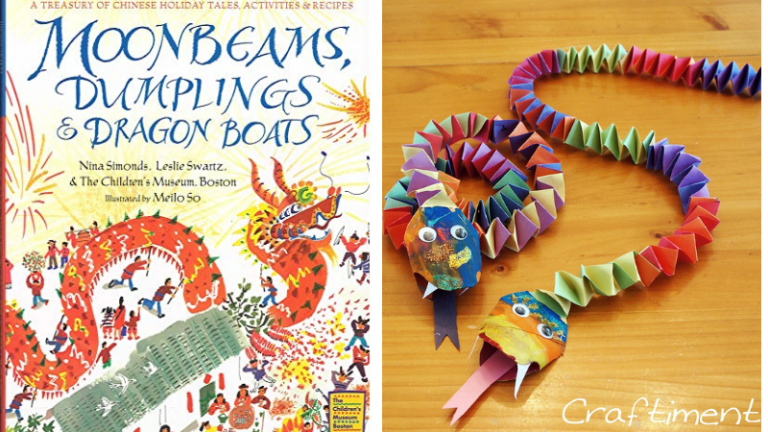You’re a teacher. But you’re also a person—with passions and interests and talents that go above and beyond the
classroom. Here are forty fun ideas on how you can let your own passions shine through your lessons—and in
doing so; ignite similar passions in your students.
If you love sports:
- Use sports facts to teach statistics.
- Show motivational clips from sports stars as warm-up activities.
- Integrate kinesthetic activities into lessons to mix up learning styles.
- Talk about your school’s sports teams and—if you can—use real stories
(like about #23’s game-winning dunk on Friday night) to illustrate concepts. - Play games in class that relate to learning.
If you’re a history buff:
- Use historical artifacts–everything from photos to ticket stubs to
books–as props in your lessons. - Show YouTube clips from The History Channel in class to introduce material.
- Turn your classroom into a “museum” and decorate your walls with pictures and
articles that pull your students into history. - Relate everything in your classroom—even math and science—to history by
describing the historical era when a discovery was made or a book was written. - Go on field trips to historical sites in your area to help your students experience
history first hand.
If you love technology:
- Introduce your students to the latest tech gadgets through your lessons.
- Set up a tech center in a corner that encourages your students to learn and explore technology.
- Start a tech club in conjunction with your school’s media specialist.
- Post a list of free educational apps in your classroom and encourage your students to download them.
- Stay up-to-date on ed tech through professional development so you’ll always be able to give your students the latest information.
If you love to travel:
- Share scrapbooks and photos from your travels with your students.
- Bring back mementos from historical sites and museums and use them to decorate your classroom.
- Plan a student trip during a school break.
- Encourage your students to share stories about their own personal travels when you’re talking about related places and events.
- Subscribe to an educational travel program—like Little Passports– and get detailed information about world places delivered to your classroom.
If you love reading and writing:
- Post a “teacher’s favorites” book list in your class.
- Share a short story or poem you wrote with your students.
- Encourage your students to enter writing contests—and enter them yourself.
- Start a classroom blog and encourage your students to become contributing writings.
- Donate great novels to your school’s library once you’ve finished reading them.
If you love art or photography:
- Show your students one new piece of art every day—if you can, find a way to relate it to something your studying.
- Have your students take photos to demonstrate understanding of the concepts you’re teaching.
- Tie literature and history to art.
- Decorate your classroom with artwork and give your students visual cues to bridge learning.
- Share your own personal artwork with your students and explain what it means to you.
If you love science:
- Adopt a class pet.
- Take your class on nature walks, detailing the changing seasons and weather.
- Do hands-on lab assignments whenever possible.
- Create an animal habitat—like this songbird habitat—on your school grounds.
- Subscribe to a science magazine like National Geographic or Discovery Kids and let your students look at copies when they’re finished with their work.
If you love food and cooking:
- Describe the food and eating habits in a certain culture during your history and literature lessons.
- Work with your students to grow and harvest a classroom or schoolyard vegetable garden.
- Help your students to learn healthy food habits by talking about healthy lunch options in the cafeteria.
- Have students use recipes to practice fractions, adding and multiplying.
- Recommend local restaurants that you love—especially local lessons that have cultural cuisine or support local farmers or have unique organic practices that can relate back to your lessons.
Question for you: What lesson do you teach that makes you glad you became a teacher?

